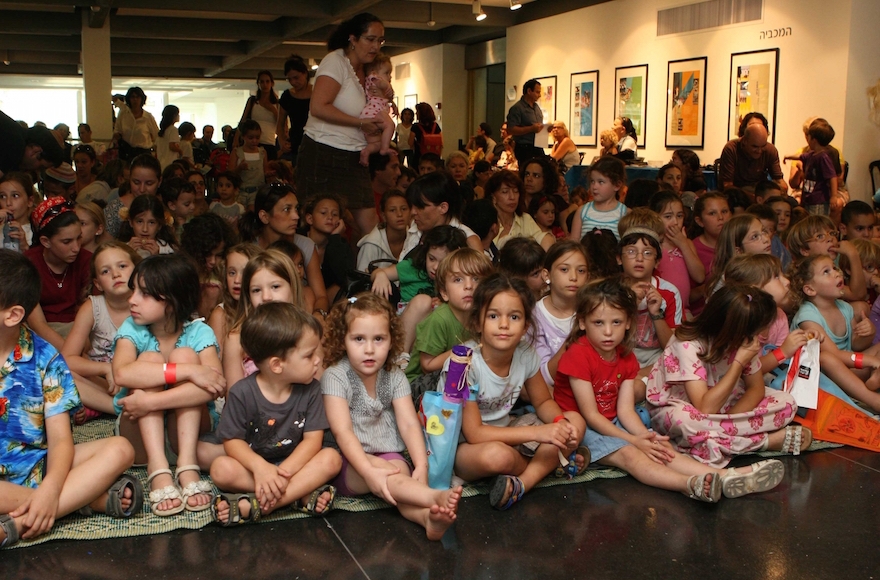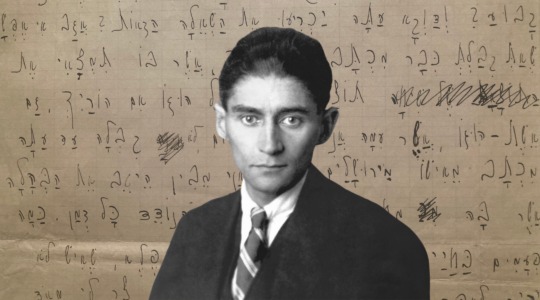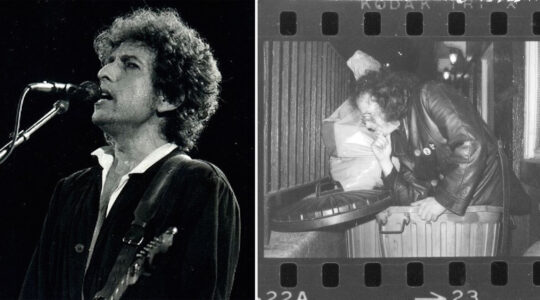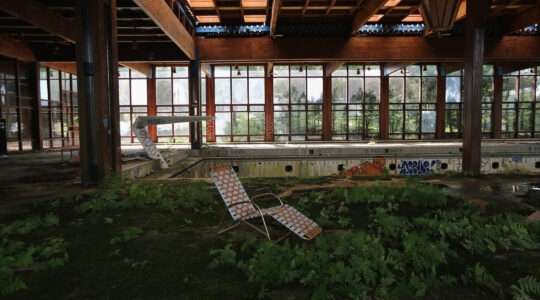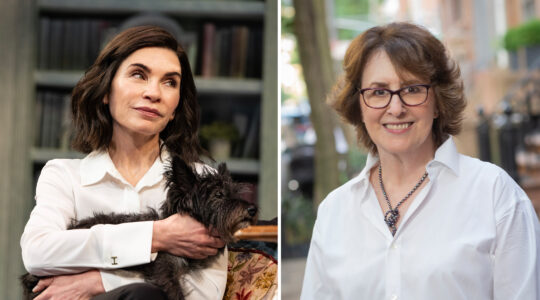TEL AVIV — Rabbi Talia Avnon-Benvinste grew up secular. Her family felt deeply and culturally Jewish, but beyond the regular Israeli rhythms of holidays and shared history, didn’t observe religious customs.
But when, in the 1980s, Avnon-Benvinste turned 12, she shocked her family by telling them she wanted a religious ceremony to celebrate her bat mitzvah.
Avnon-Benvinste’s family was on a kibbutz in Israel — not in the United States, where Reform Jewish congregations offer religious coming-of-age ceremonies to girls as well as boys. And while many of her female peers had parties to celebrate this milestone birthday, a religious service — one that involved a girl reading from the Torah — was utterly unheard of.
So Avnon-Benvinste’s father offered a compromise of sorts: He wasn’t able to create a religious ceremony for her, but he could take her to Tel Aviv to visit Beit Hatfutsot, a museum devoted to the stories and cultures of the world’s Jews.
The trip involved three buses. Avnon-Benvinste’s father took a day off from work and packed a bag of snacks, and off they went. And at the museum — which, since 1978, has sat on the leafy campus of Tel Aviv University and chronicled the history of Jewish people across the globe — Avnon-Benvinste got exactly the spiritual experience she had been hoping for.
READ: Meet the Jewish woman who’s reinventing the Museum of the Jewish People
“It was a big deal to come to Tel Aviv from far away and spend the day learning about our ancestors, about the kind of legacy that I come from,” she said in a recent interview. “We went through the different floors and exhibitions, and my father explained to me who we were, as Jews. And I remember it very strongly: At some point during that trip, I felt that I am in many ways a result of these generations of my family, that I belong to a great and inspiring story.”
She may have been only 12 years old at the time, but Avnon-Benvinste says that then and there she decided to commit herself to Jewish communal life.
She’s made good on that personal promise. Today Avnon-Benviste is one of a scant few female Reform Jewish rabbis in Israel. And, in addition to advocating for better integration of Reform Judaism in Israeli society, she also manages the education and content wing of Beit Hatfutsot-Museum of the Jewish People by serving as director of its International School for Jewish Peoplehood (ISJPS).

International School for Jewish Peoplehood also does programming for Israeli soldiers. (Courtesy of Beit Hatfutsot—Museum of the Jewish People)
The museum sees about 200,000 visitors annually, a number it hopes to double by the end of an upcoming $100-million, 12-year renovation and renewal. But while many of those visitors drop in to see its world-famous Synagogue Gallery, scroll through its online Jewish genealogy archives or take in a rotating exhibit, for many patrons, a trip to the museum begins and ends in a classroom.
The ISJPS at Beit Hatfutsot is a both a school within a museum — with a student body that ranges in age from preschoolers to seniors — as well as a school without walls. The ISJPS develops, curates and ships educational programs to classrooms around the globe.
So when a Jewish summer camp in Indiana is looking for a fresh way to tell the story of the destruction of the Temple, or a tour group of Russian-speaking octogenarians is bused to the museum from their group home, Avnon-Benviste and her 15-person staff put together a custom curriculum to make sure the stories are told in the clearest and most compelling way possible.
If they can teach the curriculum on-site, they will employ one of their educators to do so as part of a guided tour of the museum. But if the target group is located far away from the museum’s campus, ISPJS crafts a custom lesson plan to guide educators on the ground.
READ: An iconic exhibit of miniature synagogues breaks new ground
“Most of our work is actually not happening here at the museum,” Avnon-Benviste said. “All of our content is being developed here and we find different opportunities to ship our knowledge to Jewish communities. Wherever there is Jewish life, we find the models and platforms to engage the unengaged, or bring into the inner circle those who are already part of the story.”
The school today reaches more than 90,000 people per year, both on campus and off. One of its biggest annual events is the global “My Family Story” competition, in which Jewish schoolkids ages 12 to 15 from more than a dozen countries create visual representations of their own families’ Jewish histories. Thanks to a generous gift from Kuky and Sergio Grosskopf, Jewish institutions from nations as varied as Argentina, Germany, Italy, Turkey and Venezuela send their two best competitors to Israel for an on-site ceremony at the museum where the winning projects are crowned.
“It’s inspiring,” Kuky Grosskopf said in a phone interview from Buenos Aires. “There are so many different kinds of Jewish stories.”
Avnon-Benviste calls Beit Hatfutsot, and by extension the ISJPS, the only institution in the world focused on Jewish peoplehood – what it means to be a piece of the massive, sweeping story that is the Jewish people.
As the Museum of the Jewish People kicks off its renewal with four new exhibitions, it is also working behind the scenes to expand and invigorate ISJPS’s curriculum. The plan is to double the number of students it reaches, as well as introduce a new training program for educators focused not just on how to be Jewish but how to be a member of the Jewish people as a whole. The museum is also hiring international representatives who will tout the school’s values and curriculum, full-time, in Jewish communities across the globe.
“There are so many different approaches to Jewish living, and Beit Hatfutsot really puts together all those colors that reflect the diversity and beauty of the Jewish people,” Avnon-Benviste said. “My story really began here. I’m so glad I had the opportunity to come back to Beit Hatfutsot as a professional because I owed the place the so much.”
(This article was sponsored by the Museum of the Jewish People at Beit Hatfutsot, the sole institution anywhere in the world devoted to sharing the complete story of the Jewish people with millions of visitors from all walks of life. This article was produced by JTA’s native content team.)
JTA has documented Jewish history in real-time for over a century. Keep our journalism strong by joining us in supporting independent, award-winning reporting.
